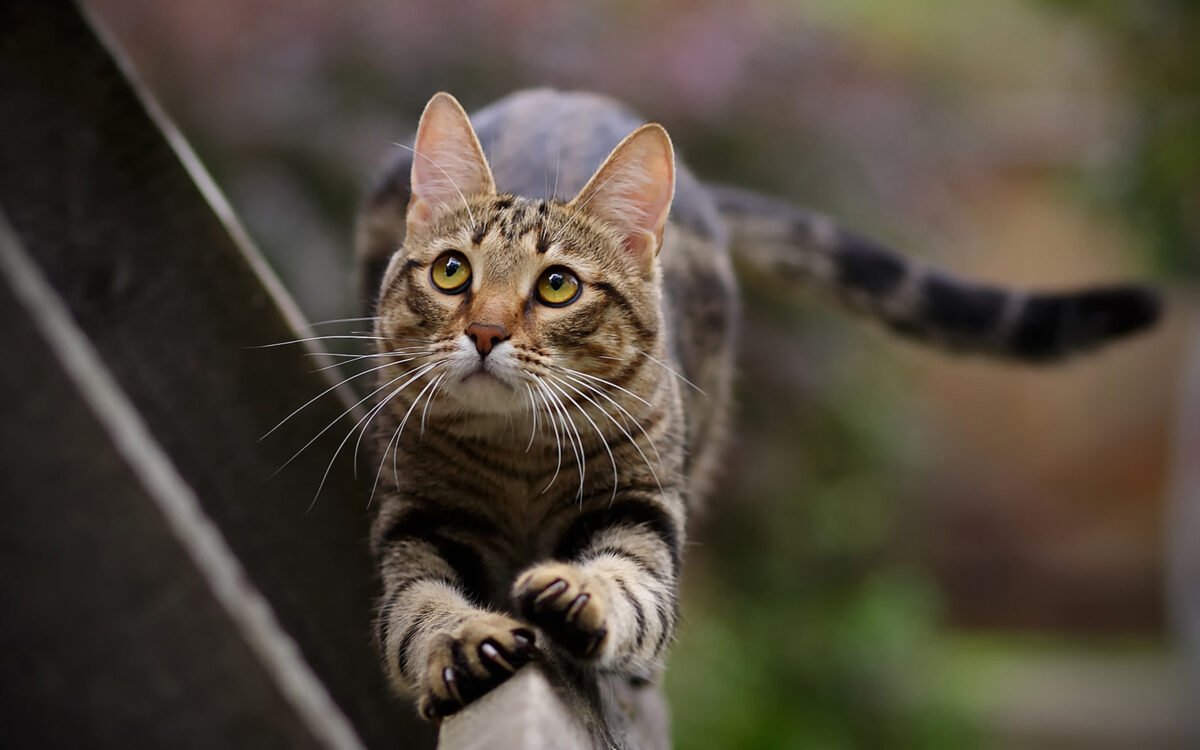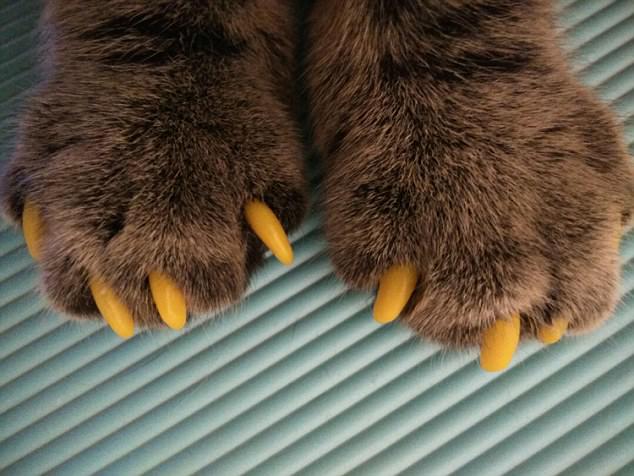-
Why the U.S. veterinary profession is happy to declaw cats.

The declawing (onychectomy) of domestic cats is a controversial issue which has been in the news recently in the U.S. because the state of New York has become the first State to ban the practice. It can only be viewed as a barbaric procedure, with no moral, medical or ethical necessity to do it, but…
